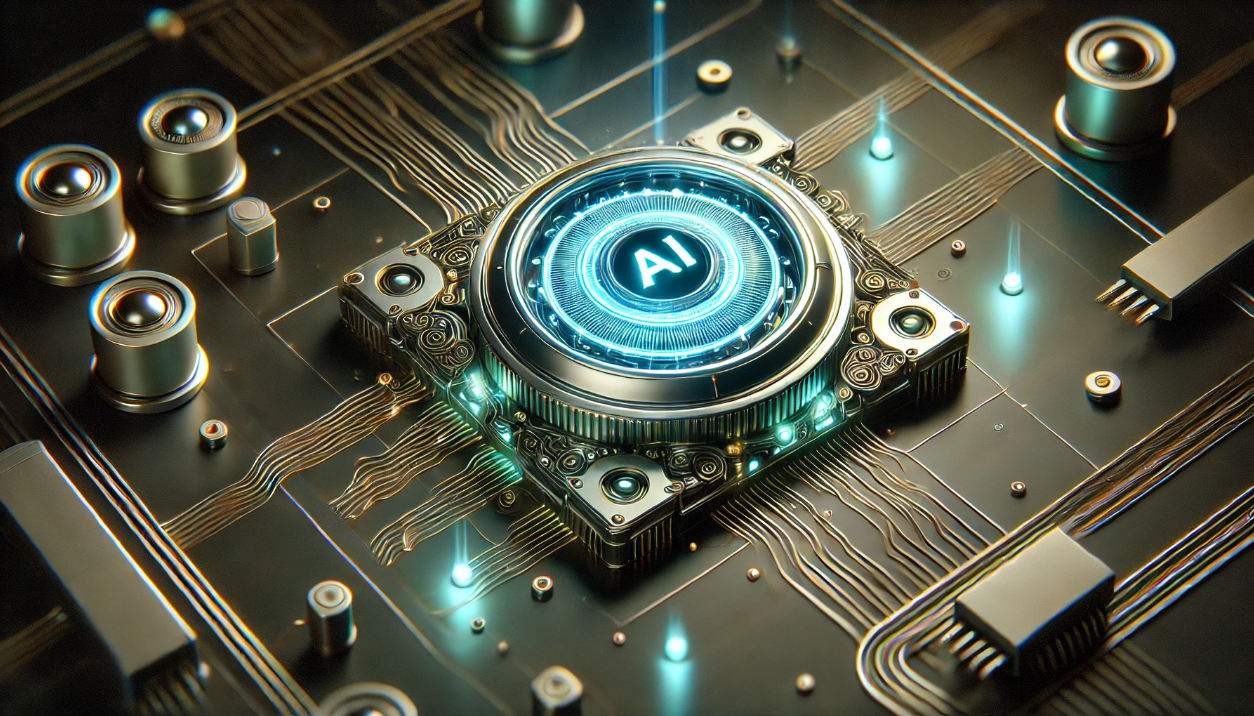The smart Trick of examples of recursive AI self-improvement That No One is Discussing
The smart Trick of examples of recursive AI self-improvement That No One is Discussing
Blog Article

AI during the enterprise context encompasses a wide array of applications and use cases across distinctive industries. Here are several examples of how AI is used in business options:
Unlocking Value: Businesses ready to adopt these progress can unlock substantial benefit, that will help reduced expenses and integrate new products of good results.
SimDriver can help a analysis staff to accomplish Evaluation in their software from a human aspects viewpoint using condition-of-the-artwork simulation as the main process.
For example, AI applications have sent reliable and reliable outcomes in authorized doc assessment and language translation.
Scalability. AI systems can scale to deal with developing amounts of get the job done and details. This makes AI like minded for situations where data volumes and workloads can mature exponentially, such as Net lookup and business analytics.
Statistical styles. Statistical products analyze facts and make predictions using mathematical models and statistical tactics.
Integration: To combine predictive servicing AI, sensors really should be installed on these systems to collect info. The data will then be employed by AI algorithms to predict when parts may possibly fall short so that they are able to recommend timely repairs, Therefore averting high-priced breakdowns.
Simple optimization algorithms were being by now getting used to approach truck routes or schedule shipping and delivery periods for different merchandise. Preliminary systems, like IBM LOGOS, controlled stock ranges and took in clients’ orders.
The scientists started having a seed "improver" functionality in Python—centered on raising the performance of an algorithmic endeavor it's provided. They then ran that operate around the improver perform itself, While using the aim of making an "improved improver" as measured by a thoroughly crafted "meta-utility" function.
Furthermore, the EU AI Act, which aims to establish an extensive regulatory framework for AI growth and deployment, went into result in August 2024. The Act imposes different amounts of regulation on AI systems primarily based on their own riskiness, with areas like biometrics and important infrastructure receiving increased scrutiny.
Moral Factors: AI systems usually run as "black boxes," meaning their final decision-earning processes are certainly not normally clear. This raises ethical considerations, companies using AI that self-upgrades especially when AI is associated with significant conclusions about patient treatment.
What does it mean, then, if human beings might not be the only self-strengthening beings or items during the world? How will we make sense with the dissolution of that understanding of our exceptionalism?
What type of ergonomics and human variables choices will need to be built in order to ensure that this new technology maximizes protection for both equally the passengers and car?
Have confidence in and Adoption: Both of those healthcare providers and sufferers have to believe in AI-driven choices, AI systems that enhance themselves necessitating transparency and established monitor data.